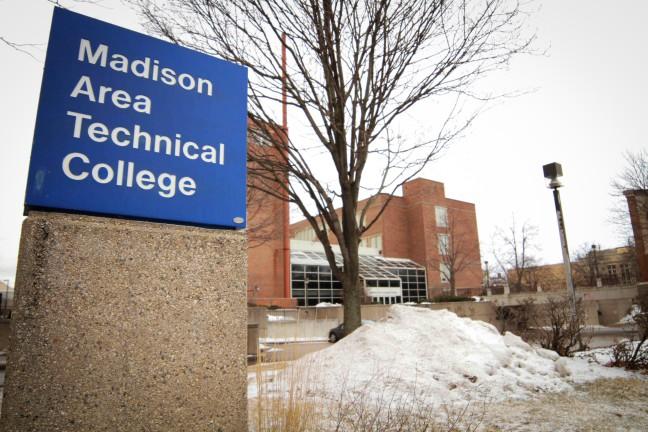It’s been said many times and in many ways: education is the path out of poverty. Dr. Jack Daniels, president of Madison College, also known as Madison Area Technical College, references this well-known mantra in support of his recommendation to close the college’s Downtown Education Center (DTEC) and open a comprehensive campus in south Madison.
Twenty-seven percent of south Madison residents are below the poverty line, more than double the rate of the Madison Metro area. These residents face unemployment, low educational attainment and socioeconomic disparities.
Daniels believes the presence of more inclusive services and programs will foster the job training that, in theory, will give way to lower unemployment rates and reverse the effects of poverty.
Recognizing the need for greater educational development in south Madison, I’m wholeheartedly in favor of Daniels’s proposal.
His three recommendations are as follows: to secure a site in south Madison to construct the comprehensive campus, headed by a task force that will complete its work by Aug. 1; to end the lease at West Campus in June 2016 and create a transition plan for students and faculty there; to sell DTEC after securing a new site, create a transition team and complete the sale over a two to three year period.
It’s undeniable something must be done to counteract the disparities the residents of south Madison face. Poverty is aggravated for people of color living in Madison, with unemployment almost at 27 percent for African Americans, 27.3 percent for Asians and 21.76 percent for Latinos. Furthermore, educational attainment for 46 percent of this population is topped off at a high school diploma. Fifty-eight percent of south Madison residents are people of color.
I’m not a student at DTEC, thus I cannot personally speak to the inconveniences those students would face if it were to close. Much of the opposition to Daniels’s plan is due to the fact not as many bus lines service Truax or south Madison as they do the downtown area (there are 27 lines leading downtown while only two head to Truax). Furthermore, because the greatest number of transfers to the University of Wisconsin come from downtown, its proximity to the university is essential to the students’ academic success.
For me to try to debunk these arguments would be ignorant. They’re valid. How can I justify closing a campus in the hub of Madison that could force students to travel as long as two hours by bus (changing routes) to get to their classes, keeping in mind many of these students work several jobs to fund their education? Their schooling is just as important as the residents in south Madison. However, the statistics of south Madison’s situation must be addressed, and I appreciate Daniels’ focus.
Because of south Madison’s proximity to the downtown area, DTEC students would not have much longer of a commute to a comprehensive south campus. If a central campus was created in south Madison, while maintaining the already well-established Truax campus, transportation issues would have to be addressed in terms of the limited bus routes. As is, the city of Madison is considering consolidating bus routes. However, once forced to contend with this dilemma, investment in these projects will serve to further rejuvenate south Madison.
From a monetary perspective, Daniels’s numbers supporting his proposal make sense. It would cost $30 million to meet the downtown campus’ infrastructural and classroom needs, which have a $940,000 annual operating cost to begin with, not including instruction and student services. Additionally, concurrent enrollment between DTEC and UW decreased from 48 students last year to 14 this year, belying claims of the importance of a campus close to UW.
The south campus has limited space, low enrollment and limited credit courses, all while still costing $225,000 in fixed costs to maintain annually, not including instruction and student services. Looking at these facts, Daniels’s proposal makes all the more sense.
Gov. Scott Walker’s budget proposal, seemingly always lurking behind every education decision these days, has the potential hurt minority students — exemplified with proposal to end Chapter 220, the state’s racial integration program for K-12 schools. Now more than ever we need to end racial disparities in Madison. If that requires inconveniencing students in their morning commute to class, it’s worth it to bring quality education to historically underrepresented students.
A lot has been said in the name of improving the experiences of minority students, but Daniels’s proposal makes an effort at reshaping the statistics of the south Madison area and his actions speak volumes. I can only hope this development is carried to fruition.
Megan Stefkovich ([email protected]) is a freshman majoring in biology.














